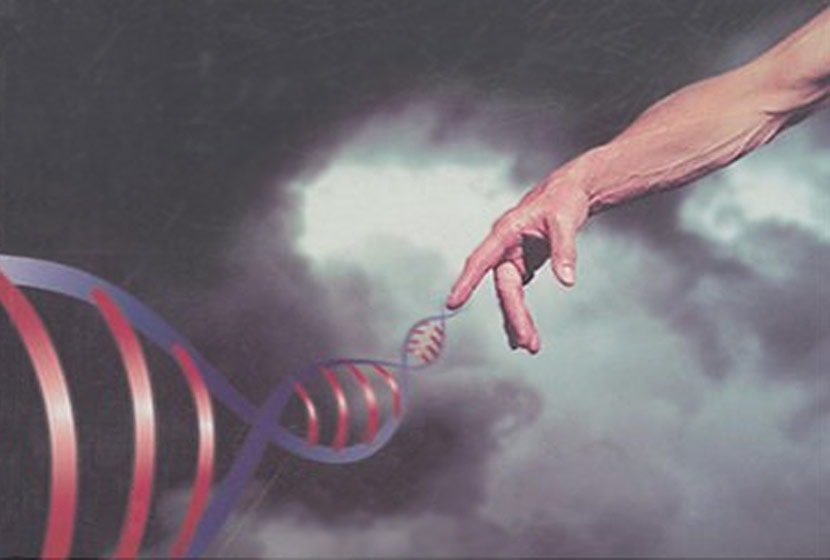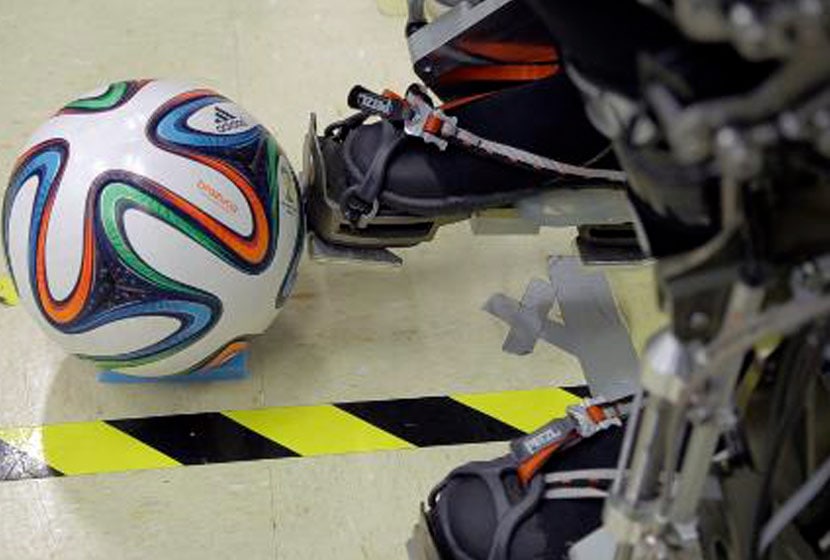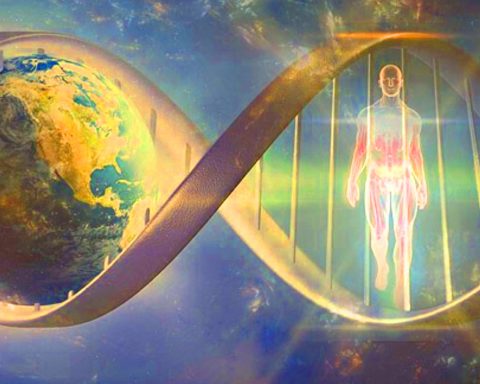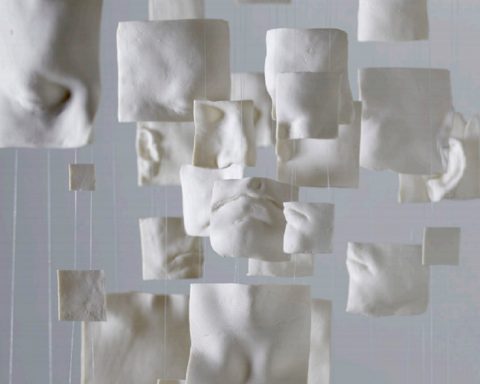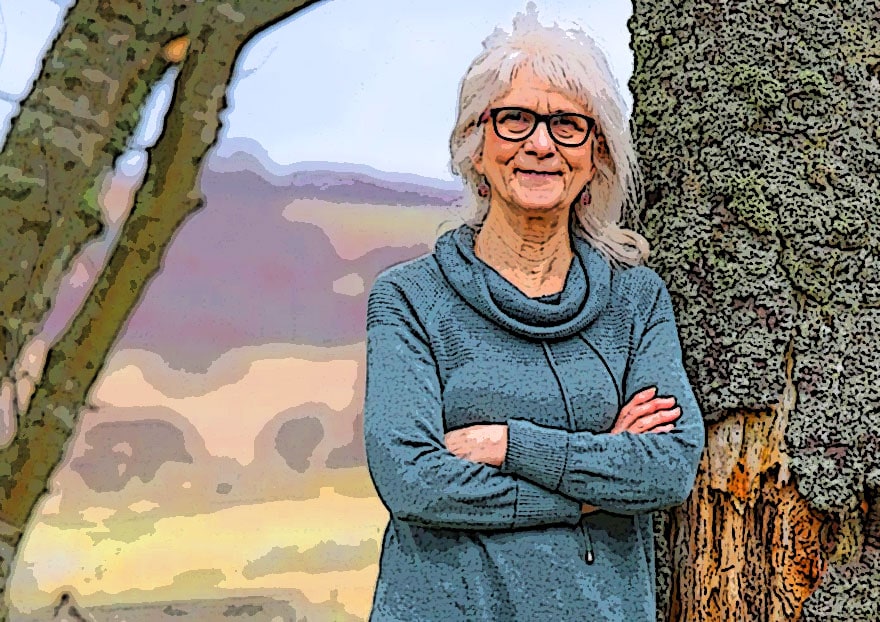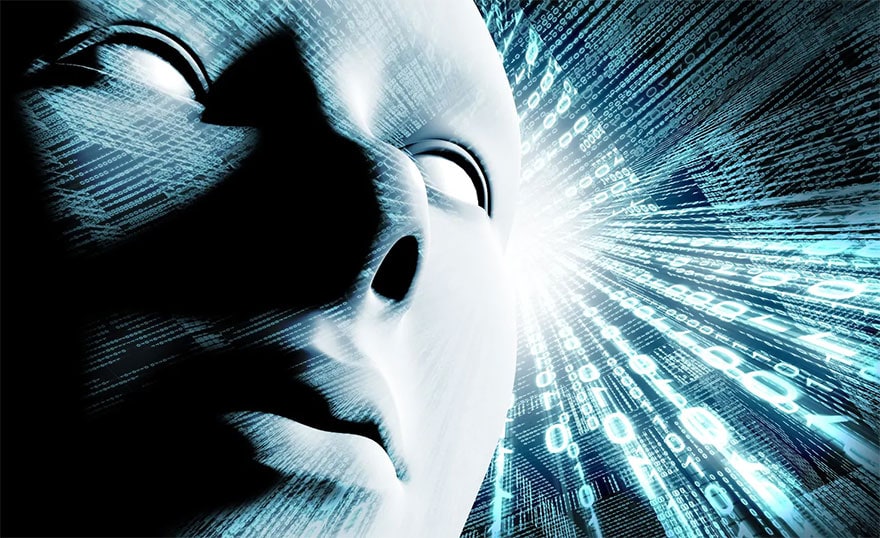At the end of March, the insertion of an artificial chromosome in the genome of a yeast confirmed that never before had man reached such a capacity to act on living organisms. And this is only the beginning. Biologists, chemists, anthropologists... are all thinking about these dizzying questions.
On March 27, 2014, the information published on the Science mag website was like a little bomb: researchers have succeeded in synthesizing a completely artificial chromosome from baker's yeast and inserting it into the genome of the baker's yeast! A first in eukaryotes - the group of multicellular organisms that includes animals, plants, fungi... - which is reviving the debate on the manipulation of living things and synthetic biology: how far can we go and what for? To what extent does intervening on a living being affect its identity? And above all, what is living matter?
In an attempt to provide answers to these dizzying questions, an interdisciplinary incubator has just been launched by the CNRS and the research university Paris Sciences Lettres. (1). Its originality: to encourage dialogue between chemists, biologists and physicists as well as social science specialists (anthropologists, sociologists, but also jurists, historians, etc.), notably through the organization of study days and symposiums, the first of which was held on 9 and 10 April at the musée du quai Branly. (2).
To each his own definition of life
"There's no single definition of the living. Chemists don't have the same way of approaching the question as biologists or even astrophysicists, says Perig Pitrou, deputy director of the nursery and member of the Laboratoire d'anthropologie sociale in Paris. (3). Above all, the question of life goes beyond the framework of so-called hard sciences. For thousands of years, people have been acting on nature and trying to define life. »
"For thousands of years, people have been acting on nature and trying to define life. »
In the eyes of a chemist, traditionally, the living is first of all an assembly of atoms and molecules. For the biologist, a living being is rather characterized by a set of functions: it consumes energy, moves, reproduces and, above all, is capable of evolution...
Today, these two points of view tend to come together to imagine new interventions on living things. Thus, certain properties of living beings are of great interest to chemists. "Animals transform chemical energy, provided by food, into mechanical energy; plants transform light energy into chemical energy during photosynthesis... Transforming energy in an efficient and versatile way remains an essential question for chemists, explains Ludovic Jullien, director of the nursery and the Pasteur laboratory. (4)in Paris.
The dynamics of biological systems (such as sleep-wakefulness) is another challenge for chemists. After being heated, cooled, compressed, or with the addition of a reagent, a polymer material, solution, or other chemical system traditionally moves to a state of equilibrium. Overcoming this constraint would allow, for example, the controlled release of drugs over time or the evolution of chemical material .
 A genetically modified mouse, made to fluoresce after inserting a jellyfish gene into its DNA ©Visual BSIP
A genetically modified mouse, made to fluoresce after inserting a jellyfish gene into its DNA ©Visual BSIP
To a photosynthetic man?
In the nearer future, one of the major challenges for scientists is to make living beings carry out new chemistries: to use their energy, the molecules they have at their disposal, to perform functions other than those that nature has foreseen for them.
All that is needed is to introduce into their genome one or more exogenous genes coding for these functions. Researchers are already using fluorescent laboratory mice for their work (by introducing into their DNA the gene for fluorescence present in a jellyfish). Tomorrow, thanks to genetic engineering, some hope to transform bacteria into real factories, by making them mass produce chemical substances such as dyes, therapeutic molecules or biofuels...
Genetics also remains a huge issue in medical research: replacing a deficient gene with a healthy one could cure diseases such as cystic fibrosis. It could also, one day, confer new powers on the human being: in their wildest projections, researchers do not hesitate to imagine a photosynthetic man, capable, like plants, of transforming sunlight to synthesize the nutrients he needs to feed himself...
Another avenue of research, which does not use genetics but this time is inspired by ecological engineering, is to assemble living beings together, based on the model of symbioses that already exist in nature. "Some legumes take advantage of the presence of bacteria in their roots that fix nitrogen from the air and provide the plant with this essential element for its growth, explains Ludovic Jullien. One might be tempted to extend these assemblages to other crops to make them more productive, even in nitrogen-poor soils."
Associating microorganisms (bacteria, fungi, etc.) known to degrade certain molecules could be envisaged with the aim of transforming materials. However, these associations must be made permanent: for it to work, the imposed symbiosis must provide an advantage to the individuals that make it up and make them more effective than they are in isolation...
Ancestral questions
These almost infinite possibilities blur the boundaries of the living. "If the pressures exerted by man on his environment have never been so strong, he has not waited for synthetic biology to intervene and reflect on living things, recalls Perig Pitrou. As such, the social sciences, by studying the variations of certain human phenomena in time but also in space, can bring valuable concepts and insights to current research. »
"Does adding new "mechanisms" to human beings make us lose our humanity? »
The creation myths in traditional societies - which explain how the world came into being - are a favourite subject of study for anthropologists, and are proving to be astonishingly topical. In Amazonia, for example, reference is often made to technical processes - modelling, weaving... - to explain the creation of living beings by demiurgic entities: human beings and animals are conceived as objects.
At a time when new "mechanisms" are constantly being added to human beings - prostheses, robotic artificial limbs - the question of whether and how much of our humanity can be lost through these materials can be answered by these mythologies.
Philosophy itself brings astonishing insights, such as the parable of Theseus' ship, used since antiquity to think about the identity and persistence of being in time. "After defeating the Minotaur, Theseus returned home and his ship was preserved by the Athenians who kept it in the same condition for centuries by changing board after board, says Perig Pitrou. Until no original parts remain... Is it still the same boat? »
Without going back to antiquity, contemporary modern societies themselves have varying definitions of identity, which are acutely relevant to organ transplants, for example. "Transferring the heart of an individual declared brain dead will have fewer implications in France, where the organ is generally perceived as a material component. In Japan, there is strong resistance from people who consider that by transplanting the heart of this individual we are also transplanting something of his or her identity", adds Perig Pitrou.
 The humanoid robot HRP-4C This robot, presented at a trade show in Tokyo, is only an assembly of metal and silicon. But its humanoid form undoubtedly pushes the visitors to lend it emotions and intentions... ©T. HANAI/ REUTERS
The humanoid robot HRP-4C This robot, presented at a trade show in Tokyo, is only an assembly of metal and silicon. But its humanoid form undoubtedly pushes the visitors to lend it emotions and intentions... ©T. HANAI/ REUTERS
Questions about life and its various definitions also concern robotics, even if it is not strictly speaking a science of life. Today, humanoid robots are designed to help humans in their domestic tasks, which raises the unprecedented question of their status in our eyes as humans: although they are merely a stack of circuits animated by computer programs, humans in contact with these robots tend to lend them intentions and develop a certain attachment.
Again, nothing new for anthropologists. "Traditional societies have no difficulty in attributing life to stones or certain ritual objects."recalls Perig Pitrou. The newly born nursery also organized a workshop on the theme of robots and artificial life in Japan in February. Interdisciplinary dialogue is sure to flourish in the years to come...
Laure Cailloce - CNRS Le Journal - April 2014
Notes
(1). In addition to this theme "Domestication and manufacture of the living", the nursery's work will focus on a second axis entitled "Ecology, evolution, development".
(2). "Living beings and artifacts. L'imbrication des processus vitaux et des processus techniques", colloquium organized with the support of the city of Paris.
(3). Unit CNRS/Collège de France/EHESS.
(4). Selective activation process by uni-electronic or radiative energy transfer (CNRS/UPMC/ENS).

